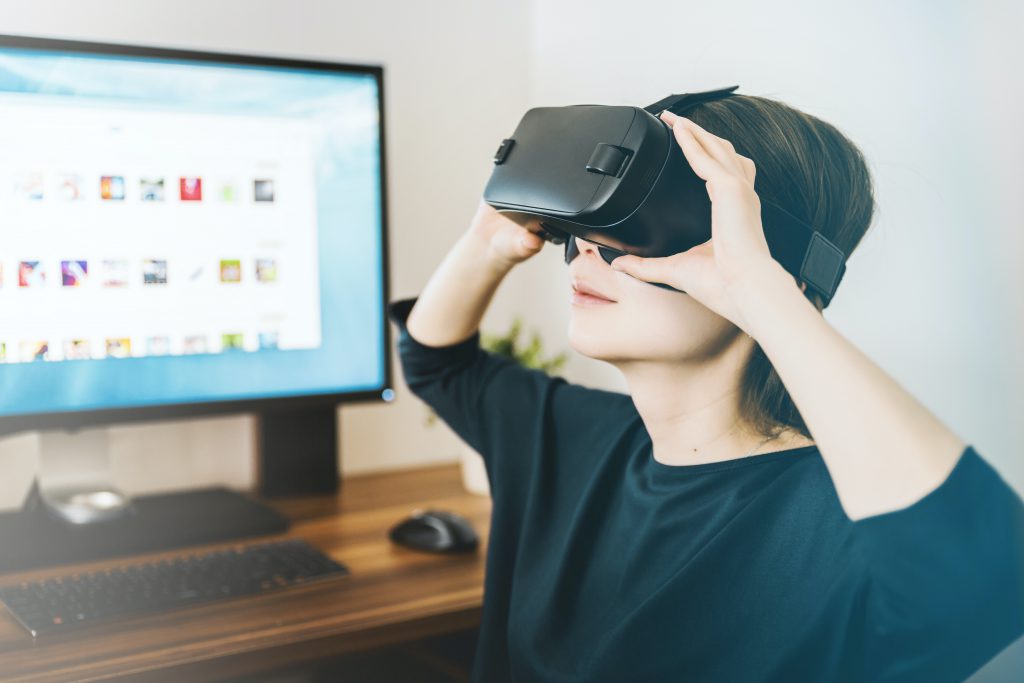
What Might the Office of the Future Have in Store?
Some people can’t think of the office environment without imagining a space of relative mundanity; a sea of black suits and ties, the percussive clacking of briefcases, or the strained drone of a photocopier. The modern office, however, is far more than just this and – if the following predictions ring true – might be the beginning of a new technological revolution for the industry.
Clean, Green, Serene
Eco-Friendly businesses won’t only benefit the environment, but the office as well. As part of a reliance on renewable energy, the office of the future might abandon electrical lighting in favour of all-natural sunlight, bringing with it health benefits both physical and mental. With the popularity of rooftop gardens in major corporate offices such as Google, as well as the old office staple – the pot plant – an all-natural work environment might make for a healthier, more active workforce and a truly attractive place to work.
Virtually Present
Where long-distance communications make meetings difficult, or Skype proves a little less practical for presentations, virtual reality brings workers together and – virtually, at least – puts them in the same room as their colleagues. VR’s push for relevance in the 90’s might have been laughable then, when it was little more than an expensive way to play arcade games, but its 21st century resurgence has seen it couple with the technology to do it justice. The internet will bring participants together, but the extent of what virtual reality can now do means that workers will have an immersive, shared workspace that they can interact and experiment with.

Photo by JESHOOTS.COM on Unsplash
Remote Working
As we mentioned in our blog Which Office is Best For Your Business? , research suggests that employees that regularly did their work remotely from home felt more active and dedicated in their work. Whilst it’s unlikely that offices will vacate for the new wave of work-from-home employees, remote working has become much easier to implement – and means that those who are out of the office for meetings or trips are never truly out of the loop when they’re needed most.
Bring Your Child To Work Day – Everyday
Goldman Sachs, Addison Lee, and the UK branch of gNappies; three companies which have taken a leaf from the Parenting in the Workplace Institute, on implementing childcare solutions for workers. For companies that don’t currently offer remote working, helping their employees balance a work-and-home balance might prove tricky; children-at-work schemes often boast promising employee retention rates and excellent working relationships between managers and employees. Babies also have remarkable office skills, making for excellent paperweights and ensuring that you’re never late for lunch.
Artificial Admin
One of the most time-consuming tasks for management, according to the Harvard Business Review, is administration. Though an AI’s ‘deep learning’ isn’t at the point that it can make considered, human decisions, it can be trained to recognise patterns in data and make reasonable assumptions; perfect for streamlining scheduling and lining up tasks. Of course, AI can be programmed for a number of functions and, until then, will likely be used for data collation – see our previous blog The Location Vocation for how this data might be used.
